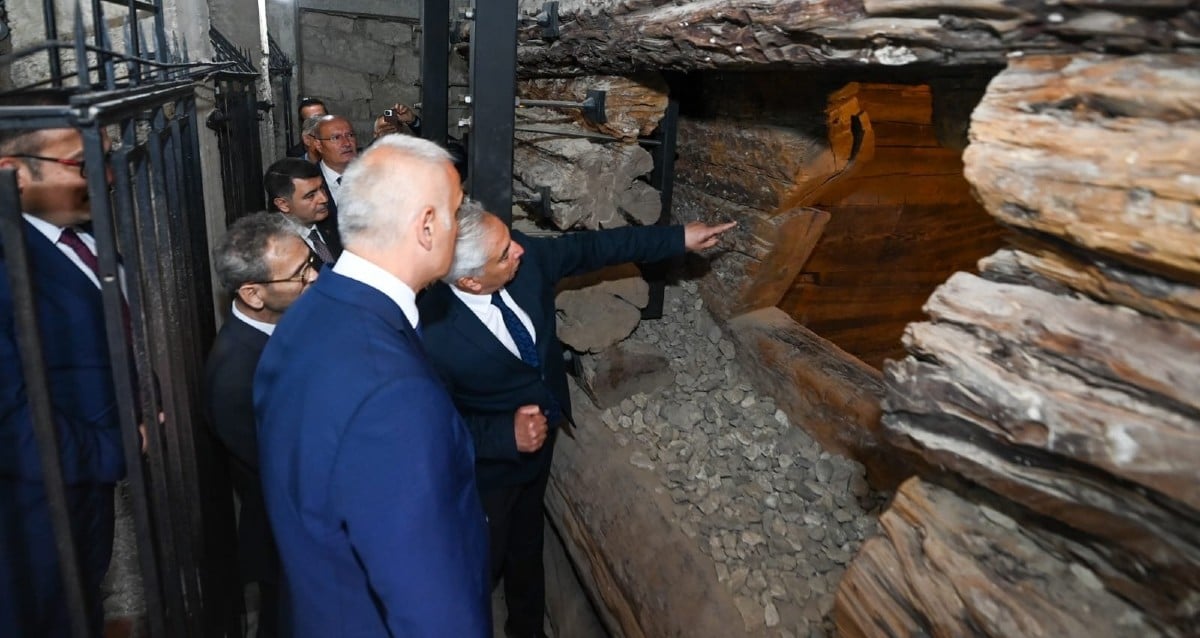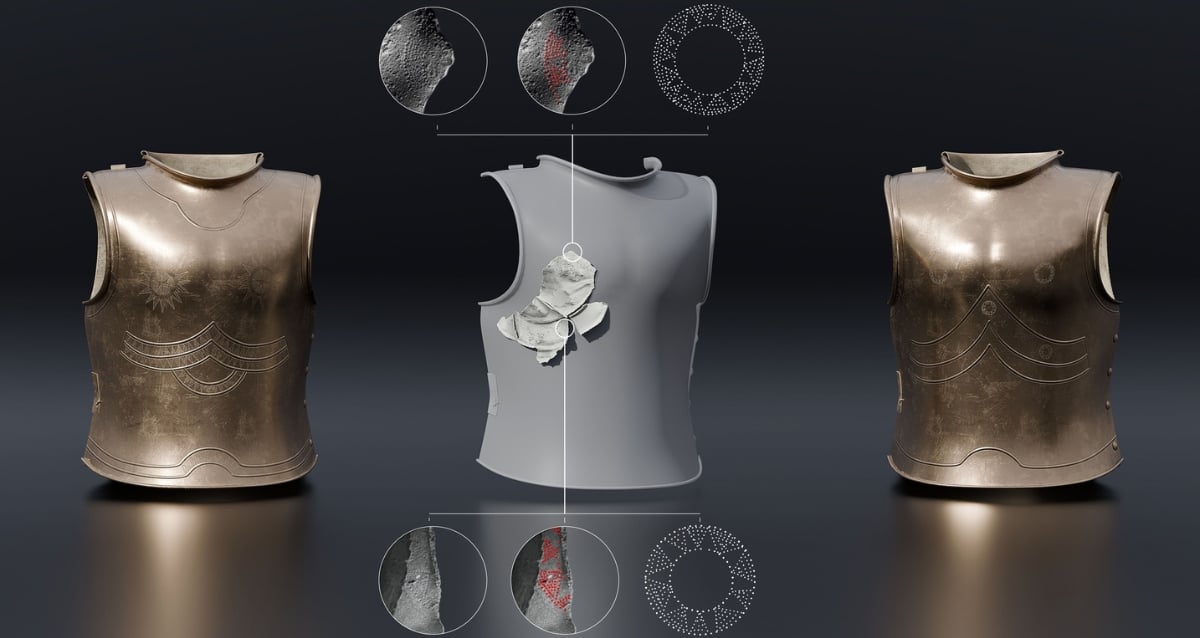Secrets Emerge From a 2,700-Year-Old Tomb in Turkey: A Forgotten Relative of King Midas?
“This could very well be a relative of Midas,” Charles Brian Rose, the director of the Gordion excavation, remarked. “This is the only known cremation tomb from the 8th century B.C. in Gordion. Its vessels closely resemble those from the Midas Mound, which makes the connection plausible.”
The Real-Life King Midas: The Man Behind The Myth
The real-life King Midas lived during the 8th century B.C.E. in the ancient kingdom of Phrygia. Little is known about him, though ancient sources suggest that he was extremely wealthy. The Greek historian Herodotus wrote, for instance, that Midas once gifted an elaborate golden throne to the Oracle of Delphi.
Tales of his great wealth possibly inspired a myth about a figure also named King Midas. In this myth, Midas is greedy and, when the Greek god Dionysus offers to grant him a wish, Midas asks for the power to turn anything into gold. The king’s wish then backfired as he could no longer pick flowers, eat food, or drink wine. After turning his daughter into a gold statue, Midas washes his hands in the Pactolus River to rid himself of his power.

Public DomainA depiction of King Midas and his daughter, who he turned to gold.
King Midas wasn’t the only member of his family tied to Greek myth, however. His father Gordias also played a key role in the myth of the Gordian knot. In this myth, Gordias tied a complex knot and claimed whoever could untie it would become king of Asia. When Alexander the Great arrived in Gordion in 333 B.C., he sliced through the knot with his sword.













